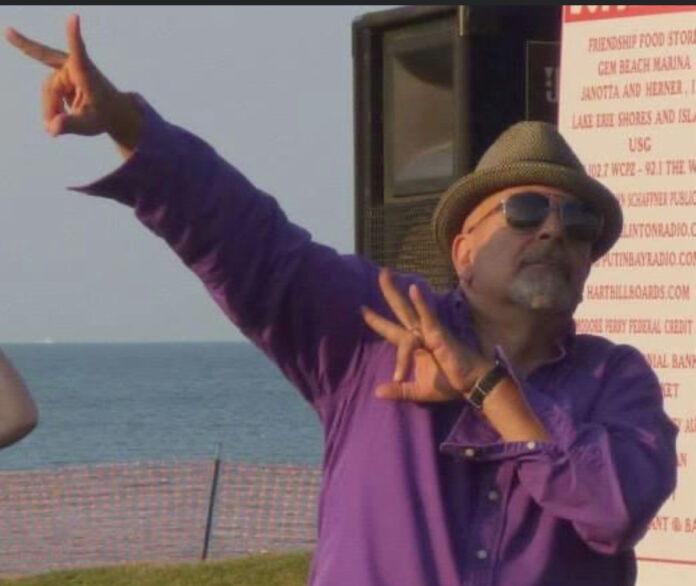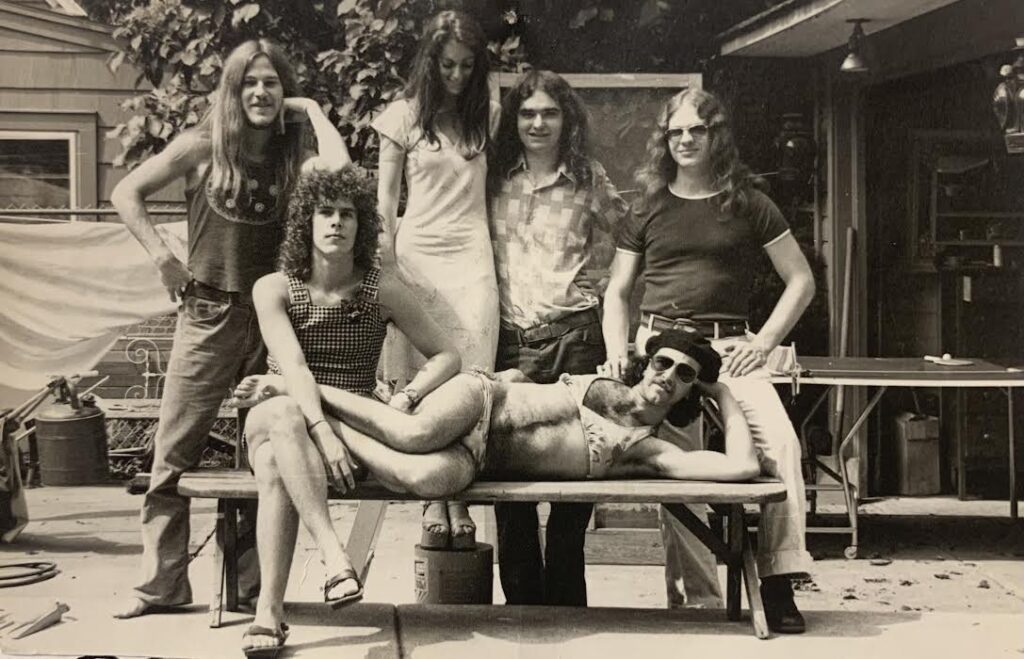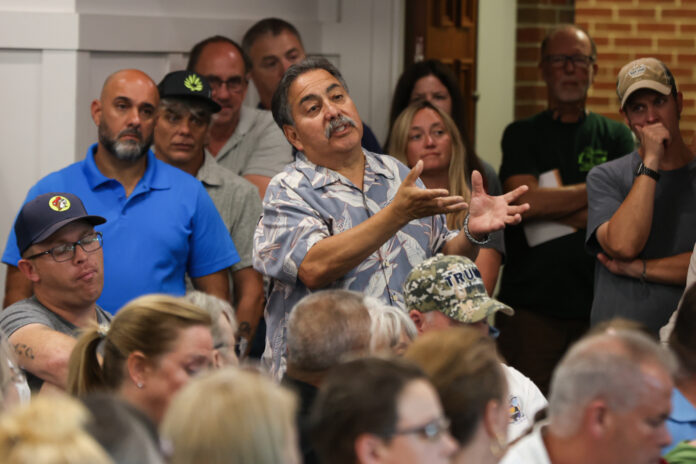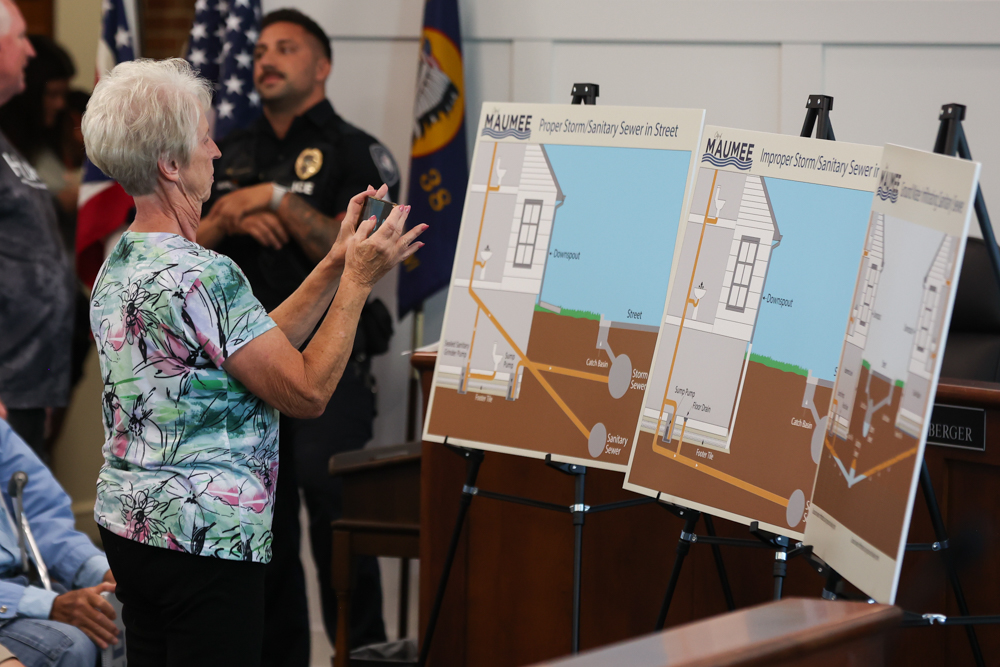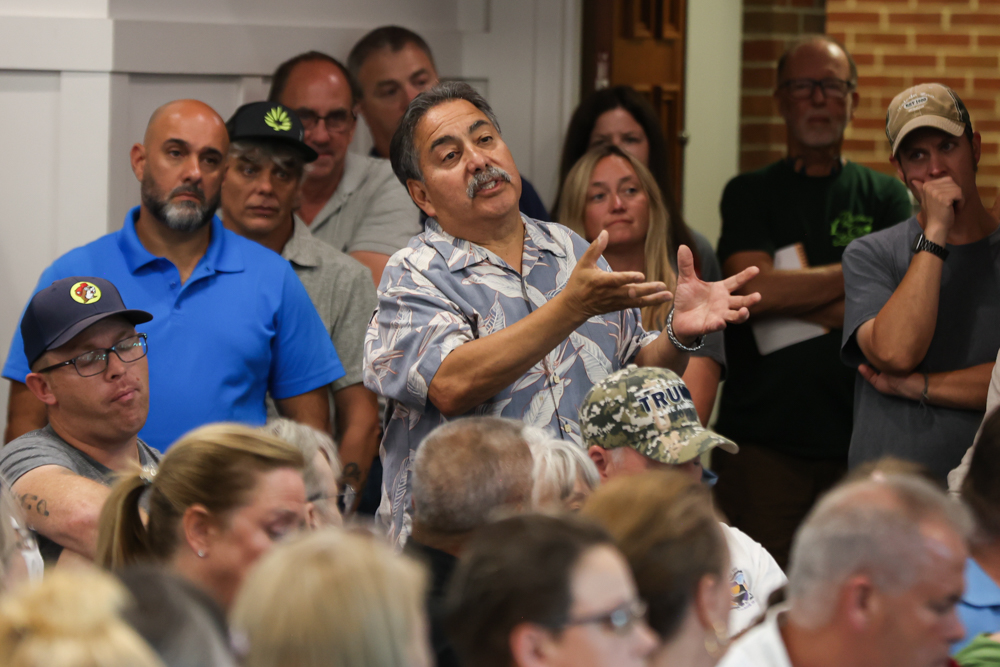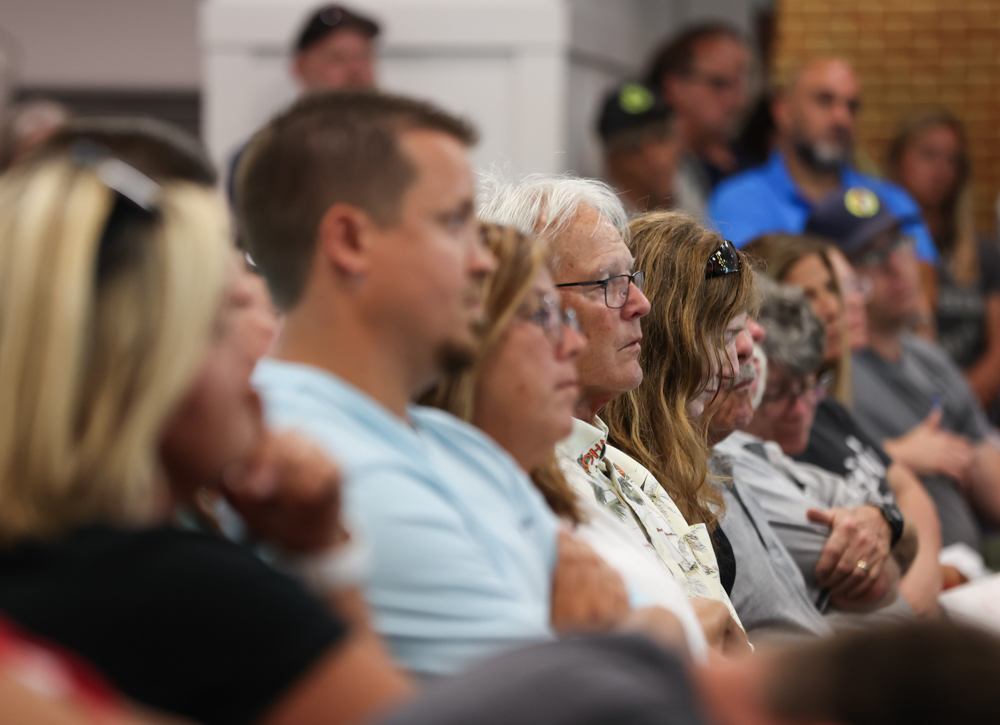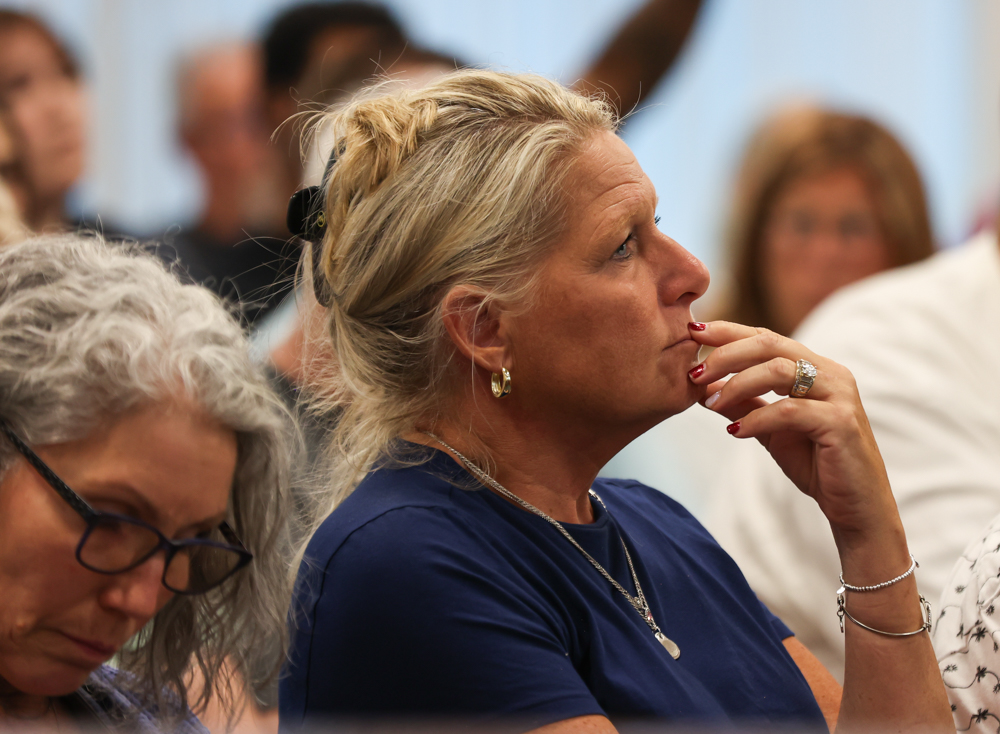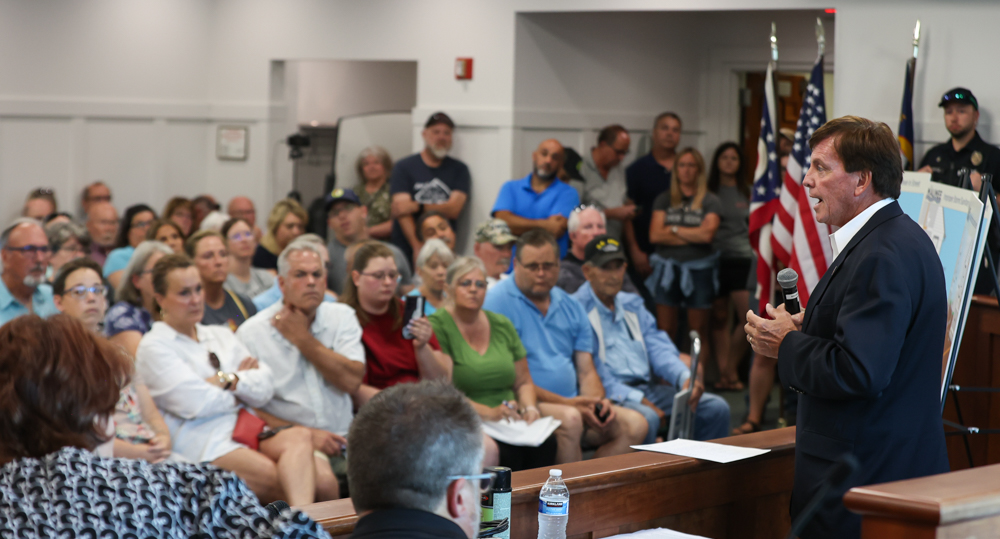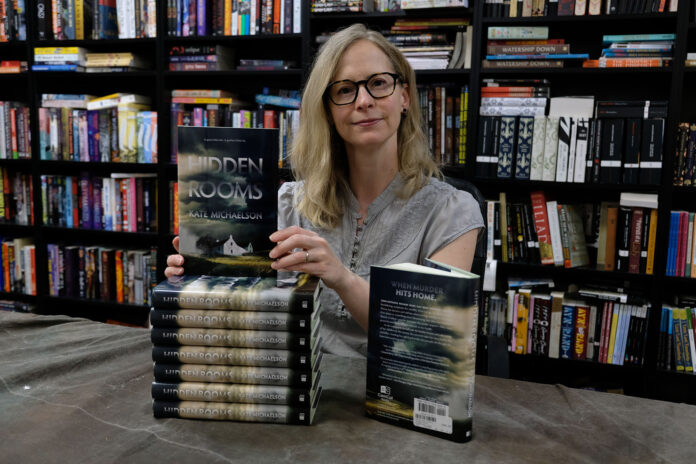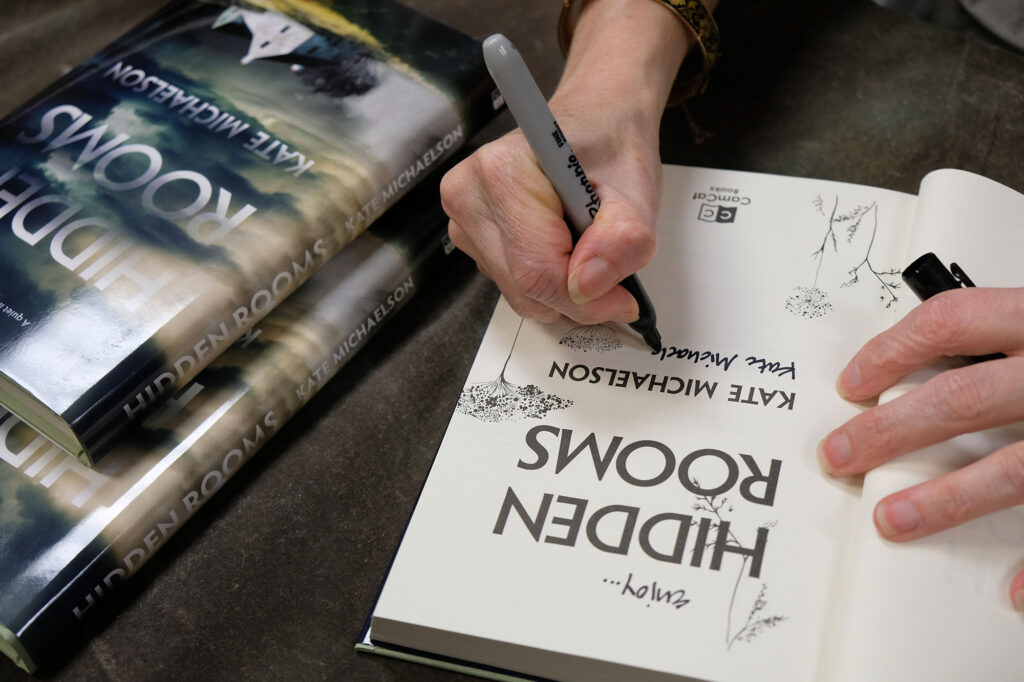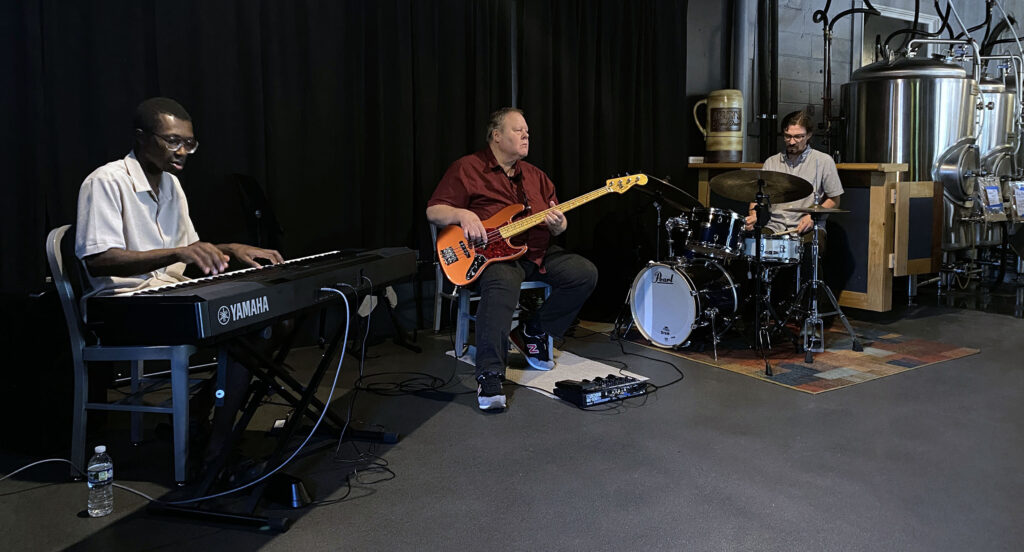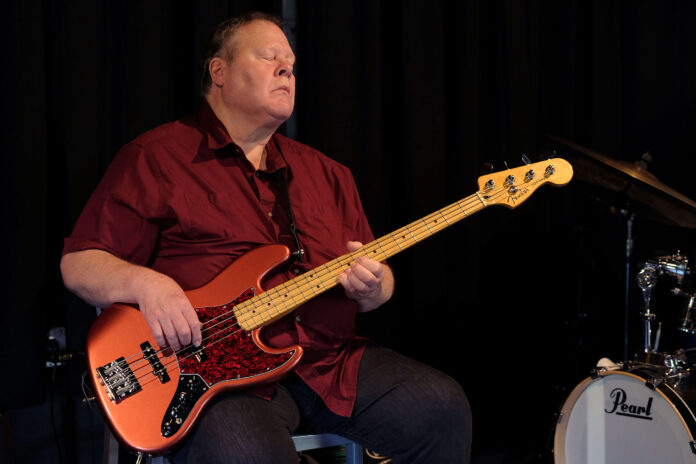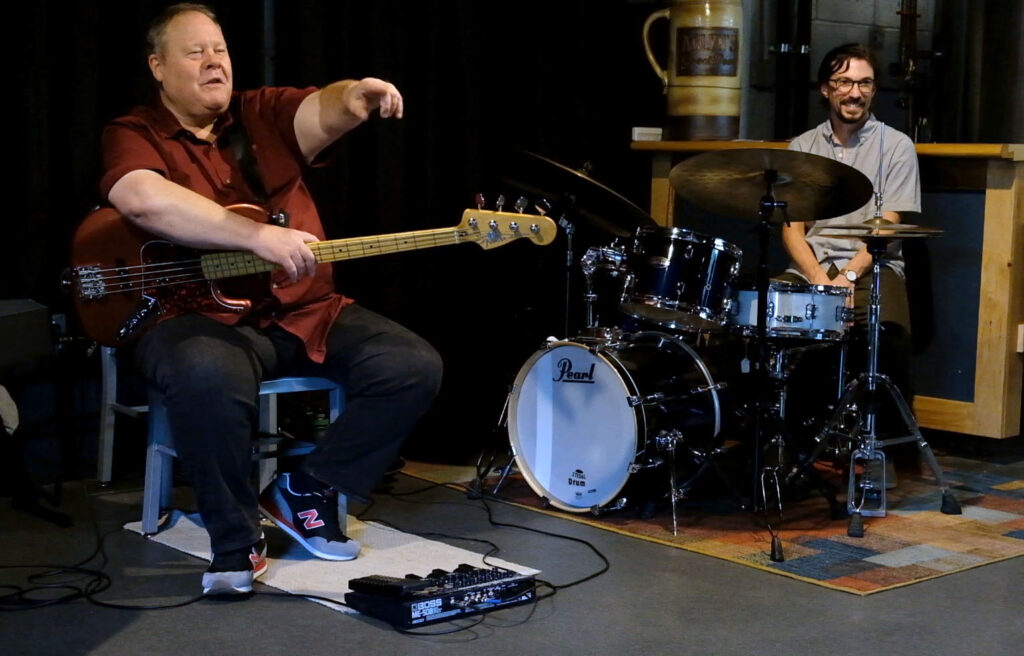Jerry King

Jerry King is one of the most published and prolific cartoonists in the world today. His client list includes Disney, American Greetings, The Wall Street Journal and other businesses.
King has received many awards for his cartooning, including being recognized by the National Cartoonists Society as one of the top cartoonists in America.
After serving in the army as a medic, he went on to graduate from The Ohio State University with a degree in English.
It’s well known that outside the realm of cartooning, Jerry is pretty much void of any skills, rendering him worthless.
His wife, Annie, stated that, “what he lacks in looks, he more than makes up for in talent.”
Steven J. Athanas
No doubt some of you are looking at the byline of this column and wondering “How do I know this Steven J. Athanas dude? Did I go to high school with him? Was he on a wanted poster hanging in the local post office? Did he go out with my sister? Does he owe me money?”


Chances are (if you’re of a certain age range) you could have met me at an outdoor concert, a wedding reception or more likely, a nightclub. There, on the stage, was a plump, bald, slightly obnoxious dude fronting a rock band, singing anything from Man! I Feel Like A Woman (Shania Twain), Rosalita (Bruce Springsteen) or even Lydia the Tattooed Lady (Groucho Marx).
For more than five decades I made a professional fool of himself, jumping up and down maniacally onstage, walking on the bar while singing and doing shots, or inviting people up on stage to sing with me while a live band (as opposed to karaoke) backed me up.
My bands went from Jell-o, in the 8th grade, The Raisin Band in my 20s to The Homewreckers, with many more sandwiched in between. I’ve always been the big fish in the small pond, the guy who shoulda, coulda, woulda.
Nowadays, I’ve traded my R&R shoes for paint brushes and watercolors. Occasionally, I’ll limber up my vocal cords and perform, but for the most part I’d rather be in my studio in West Toledo than some dank ole bar.
Thanks to the people here the Toledo Free Press, I’ll now be showcasing some of my visual art on The Humorists page and recounting my glory days in a monthly column. To borrow from a song title, it’s nice work if you can get it.
Don Lee
A newspaper reporter and editor for nearly 30 years, in addition to being a cartoonist, Don Lee says the best compliment his editorial cartoons ever got was when an Associated Press judge said he was “a cartoonist who ‘gets’ news.”


Also treasured was when the occasional reader would say a particular cartoon gave them something to think about.
Now, Don does all kinds of illustration, having provided the art for about a dozen books on everything from journalism to the history of the Soo Locks. He also does commissions and live caricatures for parties and fundraisers. You can see him every Halloween weekend aboard the Col. James M. Schoonmaker, drawing trick-or-treaters, and every BGSU homecoming raising money for the student media fund at his alma mater.








